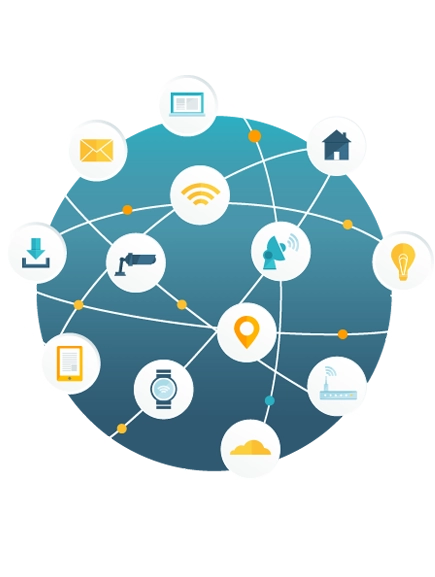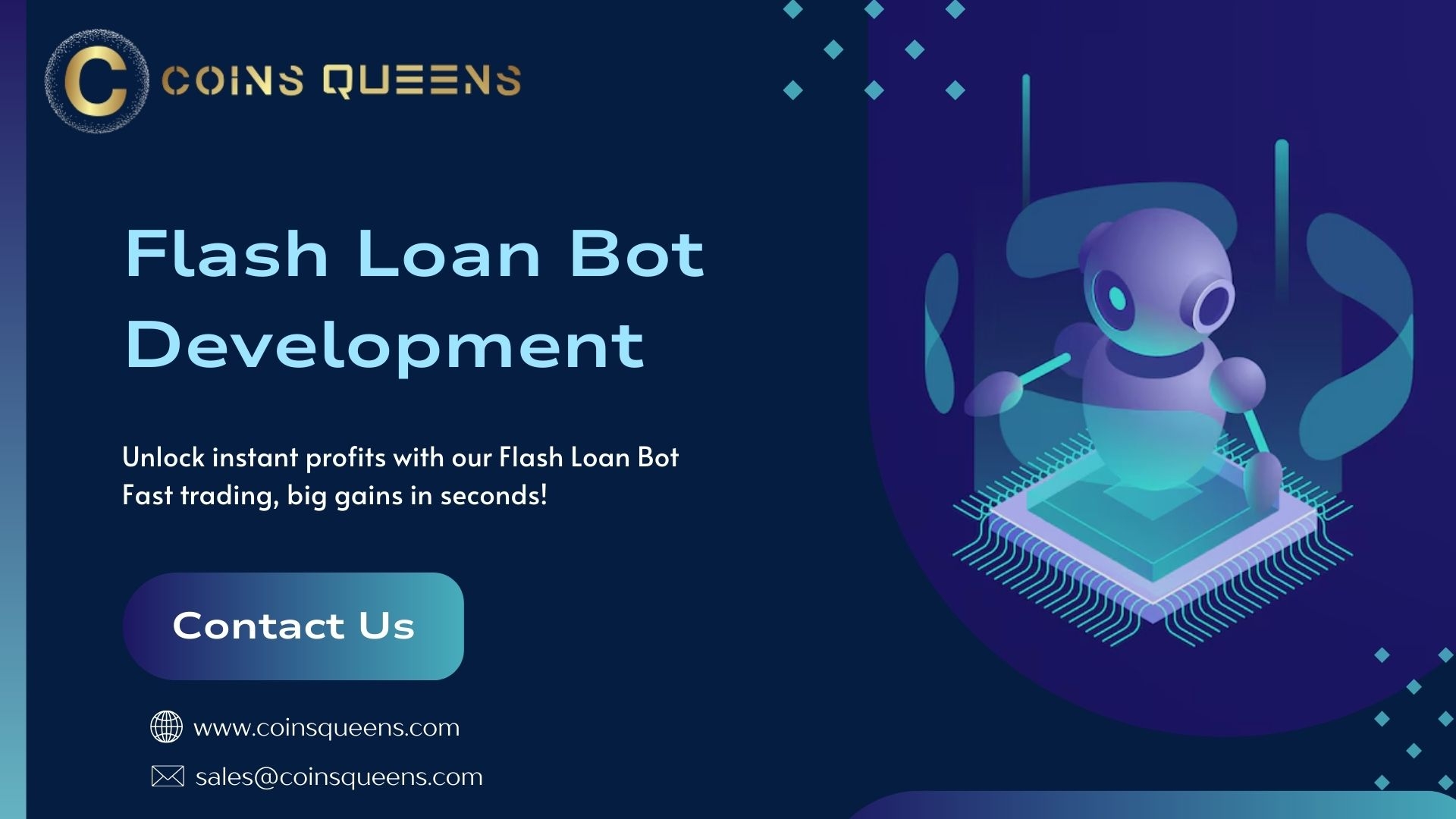UV LED: The Future of Sterile Environments
UV LED technology is ushering in a new era of disinfection and sterilization, offering a sustainable and effective solution for various applications. UV LEDs emit ultraviolet light, which has the ability to inactivate or destroy microorganisms like bacteria, viruses, and fungi. This is particularly useful in environments where hygiene is paramount, such as hospitals, laboratories, and food processing facilities. Unlike traditional UV lamps, UV LEDs are mercury-free, making them an eco-friendly alternative. Additionally, they offer benefits such as lower energy consumption, longer lifespans, and greater design flexibility, making them an attractive option for a wide range of industries.
One of the primary applications of UV LEDs is in water purification. The technology is being employed in both residential and industrial settings to ensure safe drinking water and to treat wastewater. UV LEDs can effectively kill microorganisms in water without the need for chemicals, providing a clean and environmentally friendly solution. This is particularly beneficial for remote areas where access to clean water is limited, and traditional water treatment methods may not be feasible.
In the healthcare sector, UV LEDs are revolutionizing the way medical facilities maintain hygiene and prevent infections. They are used to sterilize medical equipment, surfaces, and even air within hospital rooms. The ability to integrate UV LED technology into portable devices allows for quick and efficient disinfection of high-touch areas, significantly reducing the risk of hospital-acquired infections. Moreover, UV LEDs are being used in advanced medical devices that require precise and reliable sterilization to ensure patient safety.
The food and beverage industry is another sector benefiting from UV LED technology. UV LEDs are used to disinfect surfaces, packaging, and equipment, helping to extend the shelf life of products and maintain high standards of food safety. This is particularly important in an industry where contamination can lead to serious health risks and financial losses. The useof UV LEDs in food processing facilities helps to ensure that products are safe for consumption and meet regulatory requirements.
Air purification is yet another application of UV LED technology. UV LED air purifiers are capable of destroying airborne pathogens, improving indoor air quality in homes, offices, and public spaces. This is especially relevant in the context of the COVID-19 pandemic, where there is an increased emphasis on maintaining clean and safe indoor environments. UV LEDs provide an effective solution for reducing the spread of airborne diseases and allergens, contributing to healthier living and working conditions.
Despite the numerous advantages, the adoption of UV LED technology also faces challenges, such as the high initial costs and the need for further research to optimize its efficacy across different applications. However, ongoing advancements in UV LED technology are addressing these challenges, making it more accessible and efficient.
In conclusion, UV LED technology holds immense potential for revolutionizing disinfection and sterilization processes across various industries. Its eco-friendly nature, combined with its effectiveness and versatility, makes it a valuable tool for ensuring hygiene and safety in a wide range of applications. As the technology continues to evolve, UV LEDs are set to play a crucial role in promoting cleaner and healthier environments.
https://www.marketdigits.com/uv-led-market
UV LED technology is ushering in a new era of disinfection and sterilization, offering a sustainable and effective solution for various applications. UV LEDs emit ultraviolet light, which has the ability to inactivate or destroy microorganisms like bacteria, viruses, and fungi. This is particularly useful in environments where hygiene is paramount, such as hospitals, laboratories, and food processing facilities. Unlike traditional UV lamps, UV LEDs are mercury-free, making them an eco-friendly alternative. Additionally, they offer benefits such as lower energy consumption, longer lifespans, and greater design flexibility, making them an attractive option for a wide range of industries.
One of the primary applications of UV LEDs is in water purification. The technology is being employed in both residential and industrial settings to ensure safe drinking water and to treat wastewater. UV LEDs can effectively kill microorganisms in water without the need for chemicals, providing a clean and environmentally friendly solution. This is particularly beneficial for remote areas where access to clean water is limited, and traditional water treatment methods may not be feasible.
In the healthcare sector, UV LEDs are revolutionizing the way medical facilities maintain hygiene and prevent infections. They are used to sterilize medical equipment, surfaces, and even air within hospital rooms. The ability to integrate UV LED technology into portable devices allows for quick and efficient disinfection of high-touch areas, significantly reducing the risk of hospital-acquired infections. Moreover, UV LEDs are being used in advanced medical devices that require precise and reliable sterilization to ensure patient safety.
The food and beverage industry is another sector benefiting from UV LED technology. UV LEDs are used to disinfect surfaces, packaging, and equipment, helping to extend the shelf life of products and maintain high standards of food safety. This is particularly important in an industry where contamination can lead to serious health risks and financial losses. The useof UV LEDs in food processing facilities helps to ensure that products are safe for consumption and meet regulatory requirements.
Air purification is yet another application of UV LED technology. UV LED air purifiers are capable of destroying airborne pathogens, improving indoor air quality in homes, offices, and public spaces. This is especially relevant in the context of the COVID-19 pandemic, where there is an increased emphasis on maintaining clean and safe indoor environments. UV LEDs provide an effective solution for reducing the spread of airborne diseases and allergens, contributing to healthier living and working conditions.
Despite the numerous advantages, the adoption of UV LED technology also faces challenges, such as the high initial costs and the need for further research to optimize its efficacy across different applications. However, ongoing advancements in UV LED technology are addressing these challenges, making it more accessible and efficient.
In conclusion, UV LED technology holds immense potential for revolutionizing disinfection and sterilization processes across various industries. Its eco-friendly nature, combined with its effectiveness and versatility, makes it a valuable tool for ensuring hygiene and safety in a wide range of applications. As the technology continues to evolve, UV LEDs are set to play a crucial role in promoting cleaner and healthier environments.
https://www.marketdigits.com/uv-led-market
UV LED: The Future of Sterile Environments
UV LED technology is ushering in a new era of disinfection and sterilization, offering a sustainable and effective solution for various applications. UV LEDs emit ultraviolet light, which has the ability to inactivate or destroy microorganisms like bacteria, viruses, and fungi. This is particularly useful in environments where hygiene is paramount, such as hospitals, laboratories, and food processing facilities. Unlike traditional UV lamps, UV LEDs are mercury-free, making them an eco-friendly alternative. Additionally, they offer benefits such as lower energy consumption, longer lifespans, and greater design flexibility, making them an attractive option for a wide range of industries.
One of the primary applications of UV LEDs is in water purification. The technology is being employed in both residential and industrial settings to ensure safe drinking water and to treat wastewater. UV LEDs can effectively kill microorganisms in water without the need for chemicals, providing a clean and environmentally friendly solution. This is particularly beneficial for remote areas where access to clean water is limited, and traditional water treatment methods may not be feasible.
In the healthcare sector, UV LEDs are revolutionizing the way medical facilities maintain hygiene and prevent infections. They are used to sterilize medical equipment, surfaces, and even air within hospital rooms. The ability to integrate UV LED technology into portable devices allows for quick and efficient disinfection of high-touch areas, significantly reducing the risk of hospital-acquired infections. Moreover, UV LEDs are being used in advanced medical devices that require precise and reliable sterilization to ensure patient safety.
The food and beverage industry is another sector benefiting from UV LED technology. UV LEDs are used to disinfect surfaces, packaging, and equipment, helping to extend the shelf life of products and maintain high standards of food safety. This is particularly important in an industry where contamination can lead to serious health risks and financial losses. The useof UV LEDs in food processing facilities helps to ensure that products are safe for consumption and meet regulatory requirements.
Air purification is yet another application of UV LED technology. UV LED air purifiers are capable of destroying airborne pathogens, improving indoor air quality in homes, offices, and public spaces. This is especially relevant in the context of the COVID-19 pandemic, where there is an increased emphasis on maintaining clean and safe indoor environments. UV LEDs provide an effective solution for reducing the spread of airborne diseases and allergens, contributing to healthier living and working conditions.
Despite the numerous advantages, the adoption of UV LED technology also faces challenges, such as the high initial costs and the need for further research to optimize its efficacy across different applications. However, ongoing advancements in UV LED technology are addressing these challenges, making it more accessible and efficient.
In conclusion, UV LED technology holds immense potential for revolutionizing disinfection and sterilization processes across various industries. Its eco-friendly nature, combined with its effectiveness and versatility, makes it a valuable tool for ensuring hygiene and safety in a wide range of applications. As the technology continues to evolve, UV LEDs are set to play a crucial role in promoting cleaner and healthier environments.
https://www.marketdigits.com/uv-led-market
0 Kommentare
0 Anteile







